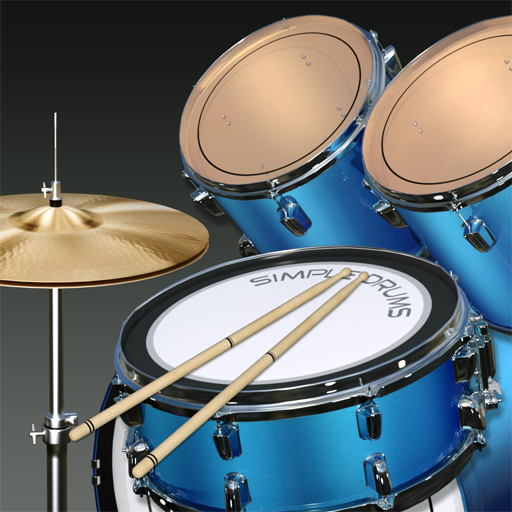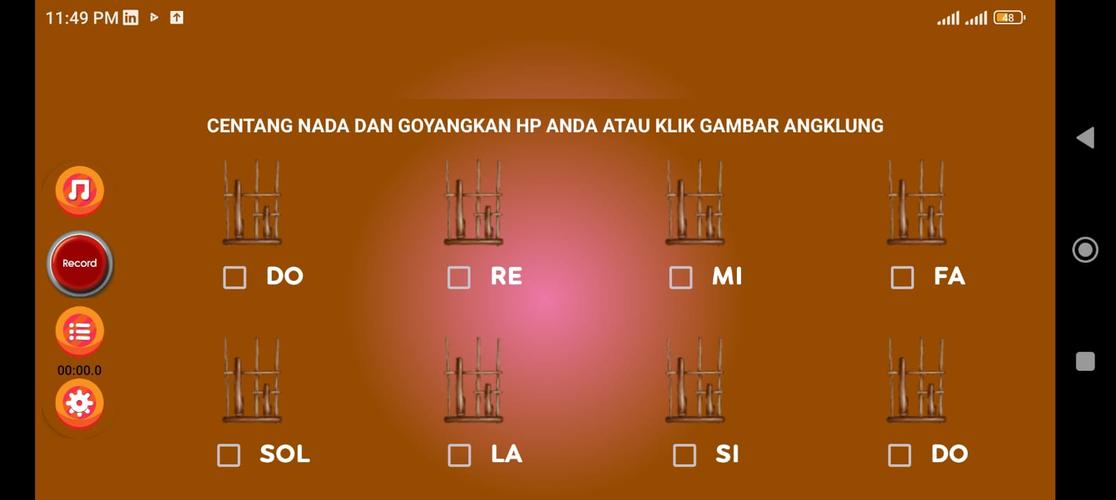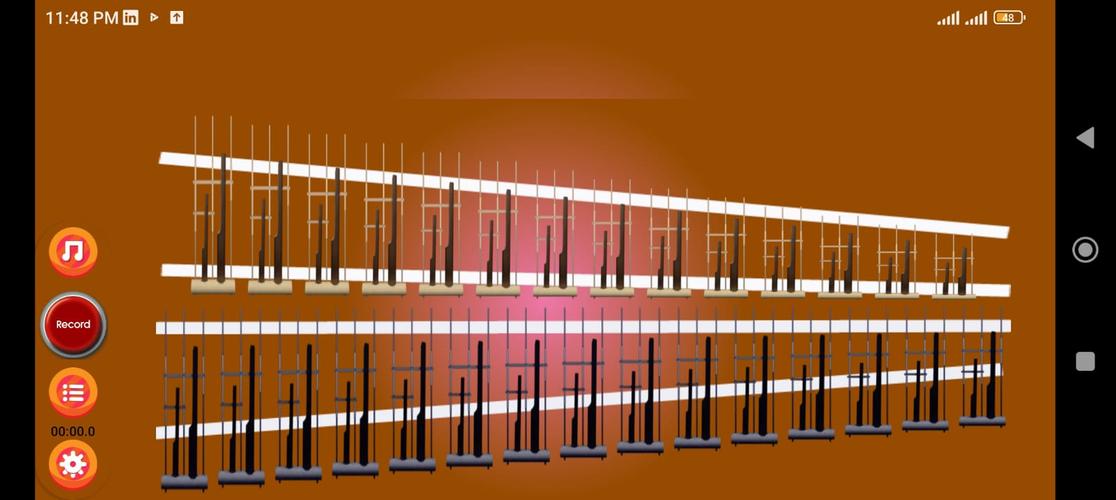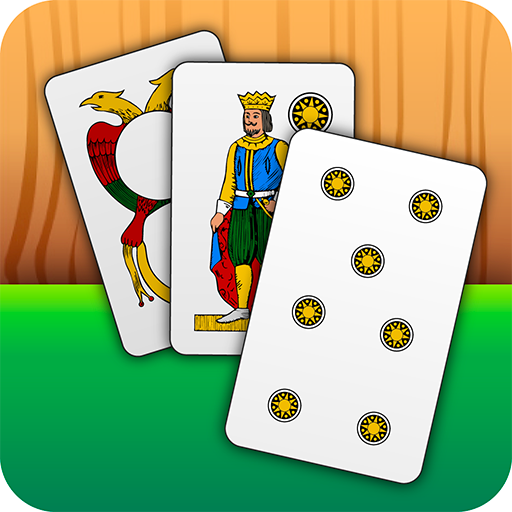Angklung: A Traditional Indonesian Musical Instrument
The word "angklung" originates from the Sundanese language, derived from "angkleung-angkleung," describing the rhythmic movements of the player. "Klung" refers to the sound produced by the instrument. Each note is created by a differently sized bamboo tube; when shaken, these tubes produce a beautiful and pleasing melody. Therefore, angklung is typically played collectively to create a complete musical piece. Angklung are usually crafted from black bamboo (Awi Wulung) or ater bamboo (Awi Temen), characterized by a yellowish-white hue when dried. They are assembled by binding two to four bamboo tubes of varying sizes together with rattan.
How to Play the Angklung
Playing the angklung is relatively simple. The player holds the frame (top section) and shakes the bottom to produce sound. Three basic techniques exist:
- Kerulung (Vibration): This fundamental technique involves holding the base of the bamboo tubes and shaking them left and right repeatedly to sustain a note.
- Centok (Flick): The tube is quickly flicked from the fingers to the palm, producing a single, percussive sound.
- Tengkep: One tube is shaken while another is held, producing a single note from only one tube.
Types of Angklung
Throughout history, various regions in Indonesia have developed unique angklung types:
- Angklung Kanekes: Originating from Baduy, this angklung is played only during rice planting ceremonies. Only members of the Baduy Dalam tribe create this type of angklung.
- Angklung Reog: Used to accompany the Reog Ponorogo dance in East Java, this angklung has a distinct shape and sound, louder than typical angklung, and usually only produces two notes. It's also often used as decoration and is sometimes called "klong kluk."
- Angklung Dogdog Lojor: Part of a tradition honoring rice plants, this angklung is used solely during this ritual, still practiced by the Kasepuhan Pancer Pangawinan community in Banten Kidul. Six players participate, with two playing the Dogdog Lojor angklung and four playing larger angklung.
- Angklung Badeng: From Garut, initially used to accompany rice planting rituals, its function shifted with the spread of Islam, becoming an accompaniment for religious sermons. Nine angklung are needed: two roel, one kecer, four indung, two anak, two dogdog, and two gembyung.
- Angklung Padaeng: Introduced by Daeng Soetigna in 1938, this angklung features modified bamboo structure, producing diatonic notes, allowing it to be played with modern instruments. His work was continued by Handiman Diratmasasmita, aiming to elevate the angklung to international musical standards. Udjo Ngalegena also significantly contributed to popularizing the angklung.
Screenshot





































![Salvation in Nightmare [v0.4.4]](https://imgs.21qcq.com/uploads/36/1719555347667e551321c26.jpg)




